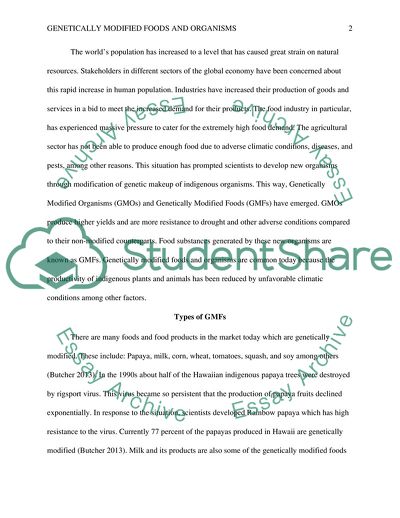Cite this document
(Genetically Modified Foods Case Study Example | Topics and Well Written Essays - 1500 words, n.d.)
Genetically Modified Foods Case Study Example | Topics and Well Written Essays - 1500 words. https://studentshare.org/biology/1815769-genetically-modified-foods-and-organisms-types-production-costs-uses-and-safety-concerns
Genetically Modified Foods Case Study Example | Topics and Well Written Essays - 1500 words. https://studentshare.org/biology/1815769-genetically-modified-foods-and-organisms-types-production-costs-uses-and-safety-concerns
(Genetically Modified Foods Case Study Example | Topics and Well Written Essays - 1500 Words)
Genetically Modified Foods Case Study Example | Topics and Well Written Essays - 1500 Words. https://studentshare.org/biology/1815769-genetically-modified-foods-and-organisms-types-production-costs-uses-and-safety-concerns.
Genetically Modified Foods Case Study Example | Topics and Well Written Essays - 1500 Words. https://studentshare.org/biology/1815769-genetically-modified-foods-and-organisms-types-production-costs-uses-and-safety-concerns.
“Genetically Modified Foods Case Study Example | Topics and Well Written Essays - 1500 Words”. https://studentshare.org/biology/1815769-genetically-modified-foods-and-organisms-types-production-costs-uses-and-safety-concerns.


